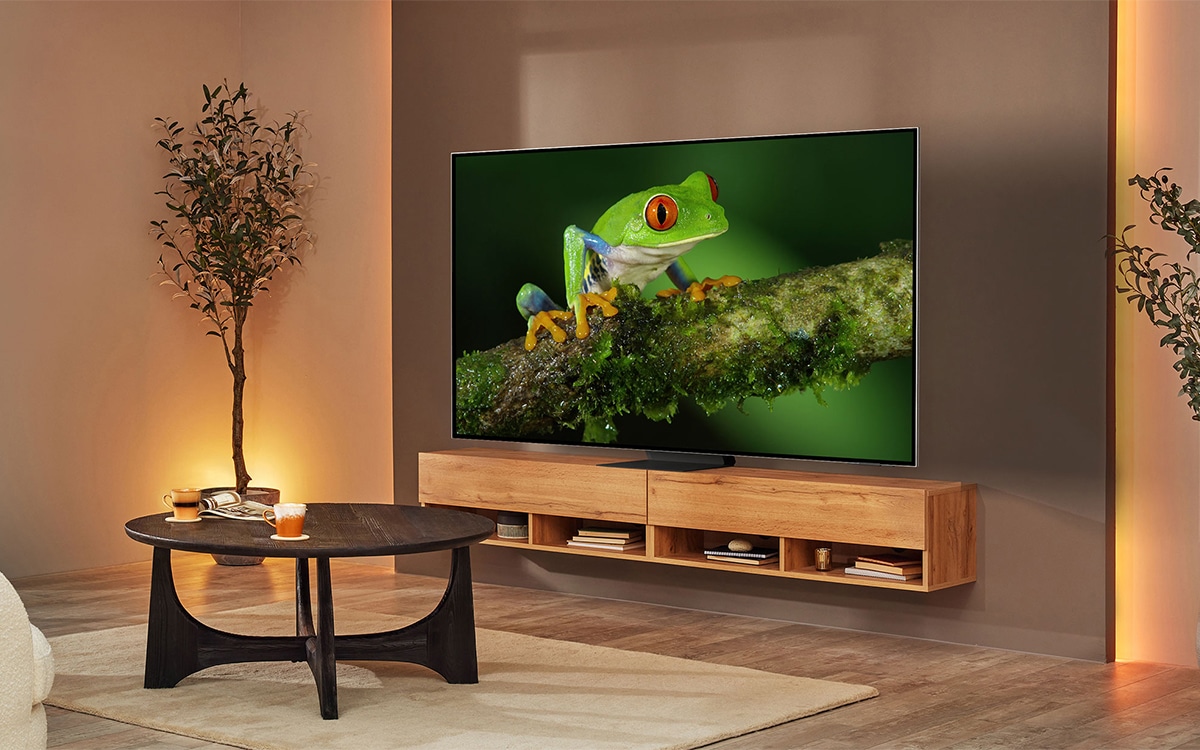In the ever-evolving world of television technology, buzzwords like OLED, QLED, Mini-LED, and 4K HDR can overwhelm even the most tech-savvy shopper. One of the most popular TV technologies of recent years is QLED — short for Quantum Dot Light Emitting Diode.
But with price tags that often sit at the premium end of the market, many buyers are left wondering: Are QLED TVs worth the investment?
In this article, we’ll break down what QLED TVs actually are, how they perform, what makes them different from other technologies, and whether or not they’re the right choice for you.
What Is a QLED TV?
The Basics Behind QLED Technology
QLED, or Quantum Dot LED, is a display technology pioneered and heavily marketed by Samsung, although other brands like TCL and Hisense have adopted it as well.
QLED TVs use an LED backlight to shine through a Quantum Dot film that enhances color and brightness. This layer allows the TV to produce more vivid colors and improved contrast compared to standard LED TVs.
It’s important to note that QLED is not the same as OLED. QLED uses a backlight, while OLED (Organic Light Emitting Diode) pixels emit their own light — meaning OLED can turn individual pixels on or off for deep blacks and infinite contrast.
Key Features of QLED TVs
What sets QLED TVs apart from traditional LED or even OLED displays? Here are some standout features:
1. High Brightness Levels
QLED TVs can reach higher brightness than OLED TVs, making them excellent for bright rooms or daytime viewing. This also enhances HDR (High Dynamic Range) content.
2. Wide Color Gamut
Thanks to the quantum dot layer, QLED TVs often display more accurate and vibrant colors, especially noticeable in nature documentaries, animated content, and 4K HDR movies.
3. Longer Lifespan and Burn-In Resistance
Unlike OLED panels, QLED TVs are not susceptible to burn-in, making them more suitable for static content like news tickers, HUDs in games, or sports channels.
4. Larger Size Options
QLED models are commonly available in larger screen sizes — 65″, 75″, 85″+ — and are ideal for home theaters or open living rooms.
QLED vs OLED: The Big Debate
When deciding whether QLED TVs are worth it, the main comparison point is typically OLED TVs.
QLED Pros:
- Higher brightness
- No risk of burn-in
- More affordable at larger sizes
- Better suited for brightly lit rooms
QLED Cons:
- Lower contrast compared to OLED
- Blacks are not true blacks (due to backlight)
- Viewing angles aren’t as wide
OLED Pros:
- Infinite contrast with perfect blacks
- Stunning picture quality in dark environments
- Wide viewing angles
OLED Cons:
- Risk of image retention/burn-in over time
- Usually more expensive at equivalent sizes
- Lower peak brightness
Verdict:
If you mostly watch TV in bright rooms or want a worry-free screen for gaming and sports, QLED could be the better investment. However, for cinephiles who want the deepest blacks and most immersive image quality in dark rooms, OLED may be the top choice.
Are QLED TVs Good for Gaming?
Absolutely — QLED TVs are increasingly favored by gamers, especially on modern consoles like the PlayStation 5, Xbox Series X, and high-end PCs.
Gaming Features to Look for in QLED TVs:
- HDMI 2.1 ports for 4K at 120Hz
- Variable Refresh Rate (VRR) support
- Auto Low Latency Mode (ALLM)
- Low input lag (under 10ms is excellent)
- Game Mode / Game Bar UIs for optimization
QLED’s higher brightness also enhances visuals in games that use HDR effectively, such as Call of Duty, Horizon Forbidden West, or Cyberpunk 2077.
QLED TV Price Range and Value
In 2025, QLED TVs come in a wide price range depending on size, brand, and extra features:
- Budget QLED models (43″–55″) can start as low as $400–$600
- Mid-range models with good gaming and smart features run around $800–$1,500
- Premium QLED TVs with Mini-LED, 120Hz refresh rates, and advanced image processing can cost $2,000+
When compared to similarly sized OLED TVs, QLED often offers better dollar-per-inch value, especially at larger sizes.
Brands Offering Reliable QLED TVs
Some of the most respected QLED TV brands in 2025 include:
Samsung (Neo QLED Line)
- Leader in QLED technology
- Premium options include Mini-LED backlighting, AI upscaling, and Quantum HDR 32x
- Excellent smart platform (Tizen OS)
TCL
- Budget-friendly QLED options with great performance
- Offers Google TV or Roku OS
- Solid for gamers and casual streamers
Hisense
- Affordable with impressive brightness and Dolby Vision support
- Ideal for value buyers who want QLED visuals on a budget
Who Should Buy a QLED TV?
✅ QLED TVs are a great fit if you:
- Watch TV in bright environments
- Want vibrant colors and crisp 4K resolution
- Play video games frequently and want high refresh rates
- Prefer a long-lasting TV with no burn-in risk
- Are buying a larger screen size and want value for money
❌ You might skip QLED if:
- You watch in a dark room and value perfect black levels
- You’re a movie buff who wants ultra-deep contrast (go OLED)
- You’re looking for a very budget TV under $300 (LED is more affordable)
Future of QLED Technology (2025 and Beyond)
QLED technology continues to evolve. Recent innovations include:
- Mini-LED backlights for improved contrast and local dimming
- 8K resolution QLED TVs
- AI-powered upscaling that makes lower-res content look crisp
- Eco-friendly materials in newer QLED panels
These advancements are helping QLED TVs stay competitive with OLED and other emerging display technologies, such as MicroLED.
Final Verdict
Yes — QLED TVs are absolutely worth the investment for many types of users. They strike a balance between performance, visual quality, and price that appeals to both casual viewers and tech enthusiasts.
Here’s a quick recap:
| Pros | Cons |
| Bright and vibrant picture | Blacks not as deep as OLED |
| Ideal for bright rooms | Viewing angles can be limited |
| Excellent for gaming | Premium models can be pricey |
| No burn-in risk | Competes closely with OLED pricing |
| Great value at large sizes | Basic models lack top-end features |
If you’re upgrading from an older LED or LCD TV and don’t want to risk burn-in from OLED, QLED offers a vibrant, durable, and future-ready viewing experience.


